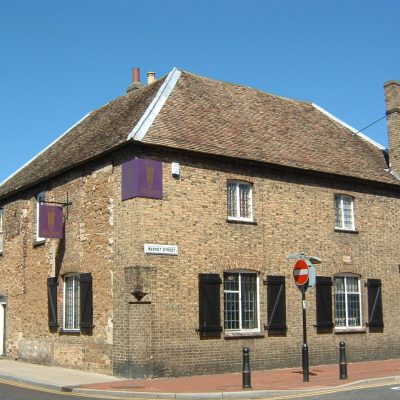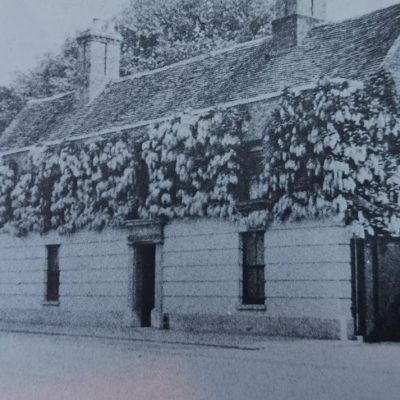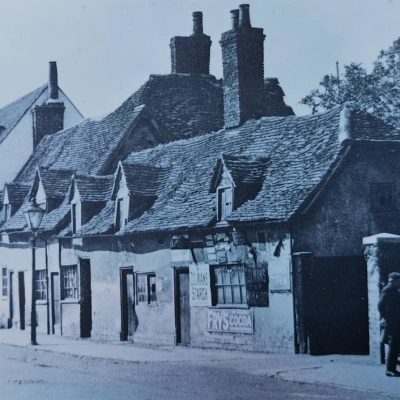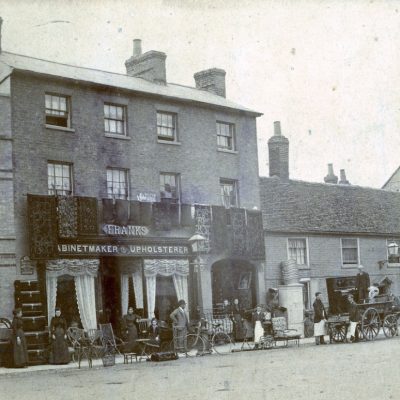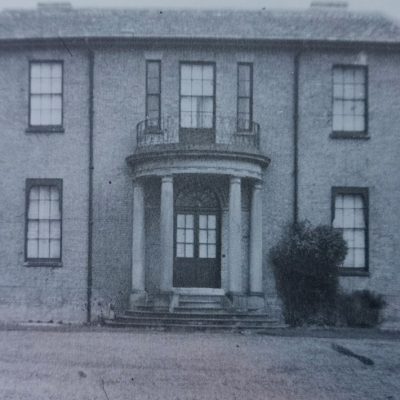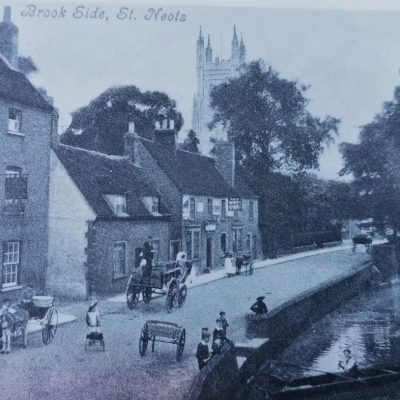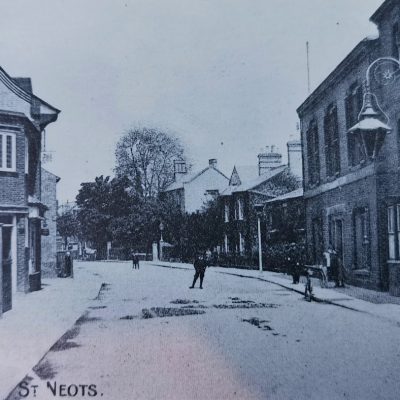Search by topic
- archaeology
- Building of Local Interest
- charity
- church
- crime
- dressmaker
- fire
- Great Eastern Railway
- Listed building
- Mapping Relief
- medieval
- oral history
- poverty
- Public House
- Rattee & Kett
- Religious House
- Roman
- scholar
- school
- Then and Now
- tudor
- women
- work
- world war one
- world war two
Search by text
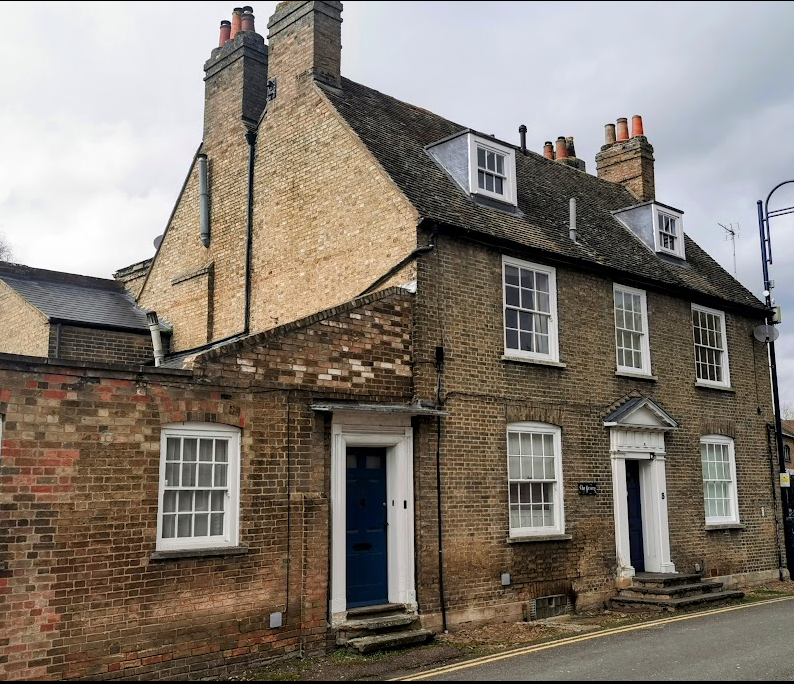 The Priory, St Neots (RGL2024)
The Priory, St Neots (RGL2024)The Priory, St Neots
History of the Priory
Listed Building
C18 mid. 2 storeys, cellars and dormers. Double fronted with 3 windows. Tiled roof. Gault brick with stone plinth
According to tradition the Priory was found during the 10th century by Ethelwold. Around 1020 AD monks stole the bones of an obscure Cornish saint, St Neot, perhaps in response to the ‘acquisition’ of the bones of St Ivo by their rival priory at Slepe (St Ives).
In 1066 Robert Fitz Wimarc was given the manors of Waresley and Eynesbury and he and his wife approached the Abbey at Bec in Normandy seeking assistance to refound the Priory on their estate. Bishop Anselm of Bec seems to have been supportive and even took a fragment of the remains of St Neot back to Bec to create a shrine.
The position of the Priory at a major crossing point of the Ouse meant that the house prospered as a pilgrim centre and also from its fair and market. By the beginning of the 12th century the adjacent community had grown enough to justify its own parish and church of St Neots.
By 1180 there was a wooden bridge over the Ouse. The market town grew and by 1535 the market tolls brought £9 6s 8d and the rents £56 8s 6d. In 1156 the priory was chosen for a meeting of the Abbot of St Albans and the Bishops of Lincoln, Durham, Hereford and London, to sort out a complicated dispute. Henry III would also use the Priory when travelling.
By the 13th century the priory had be come one of the most influential cells of Bec in Britain. In 1294 revenues were £206 12s 6d of which £1 10s was given to Bec itself.
However, being a house controlled from abroad meant that large levies were imposed by the English Crown from the end of the 13th and during the 14th centuries. Finally, it became a full English Benedictine community in. 1409. the condition of the buildings deteriorated during the 15th century.
By the time of the Dissolution in 1539, seven monks and the prior remained and the annual income was assessed at £241 11s 4d.
Very little survives of the priory buildings because the stone was robbed to build
Contribute
Do you have any information about the people or places in this article? If so, then please let us know using the Contact page or by emailing capturingcambridge@
License
This work is licensed under CC BY-NC-SA 4.0






